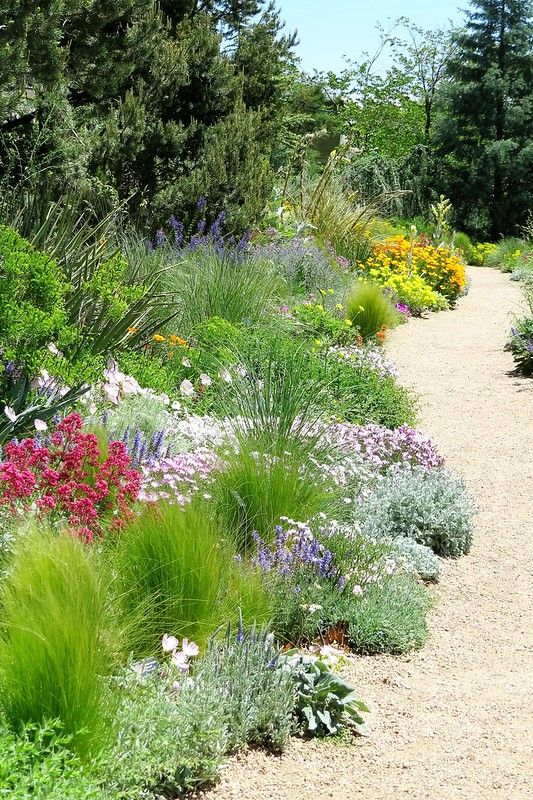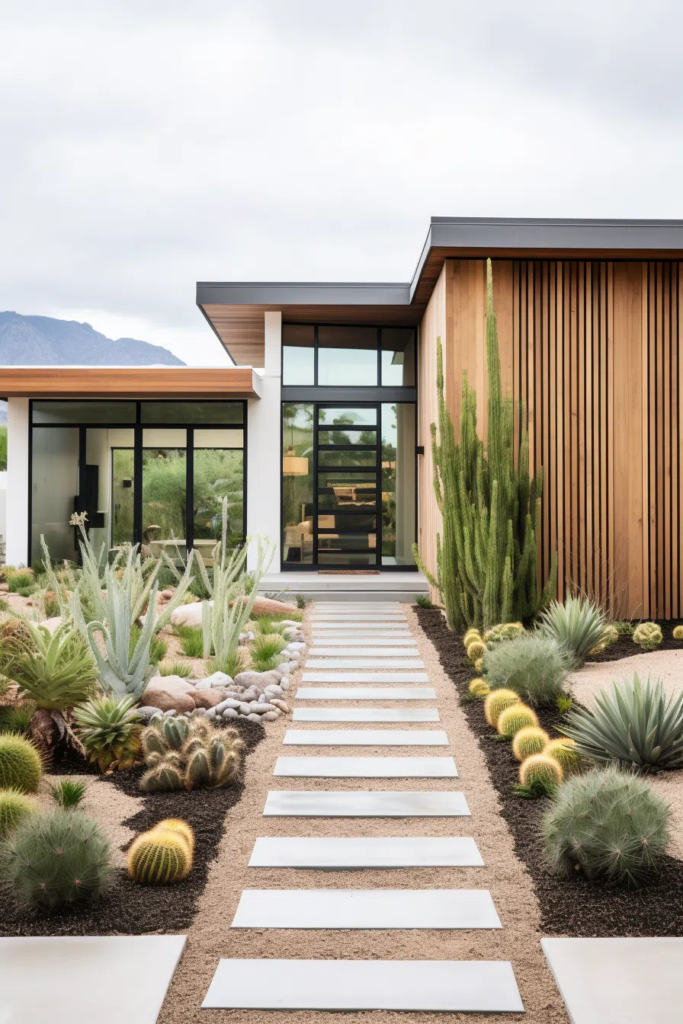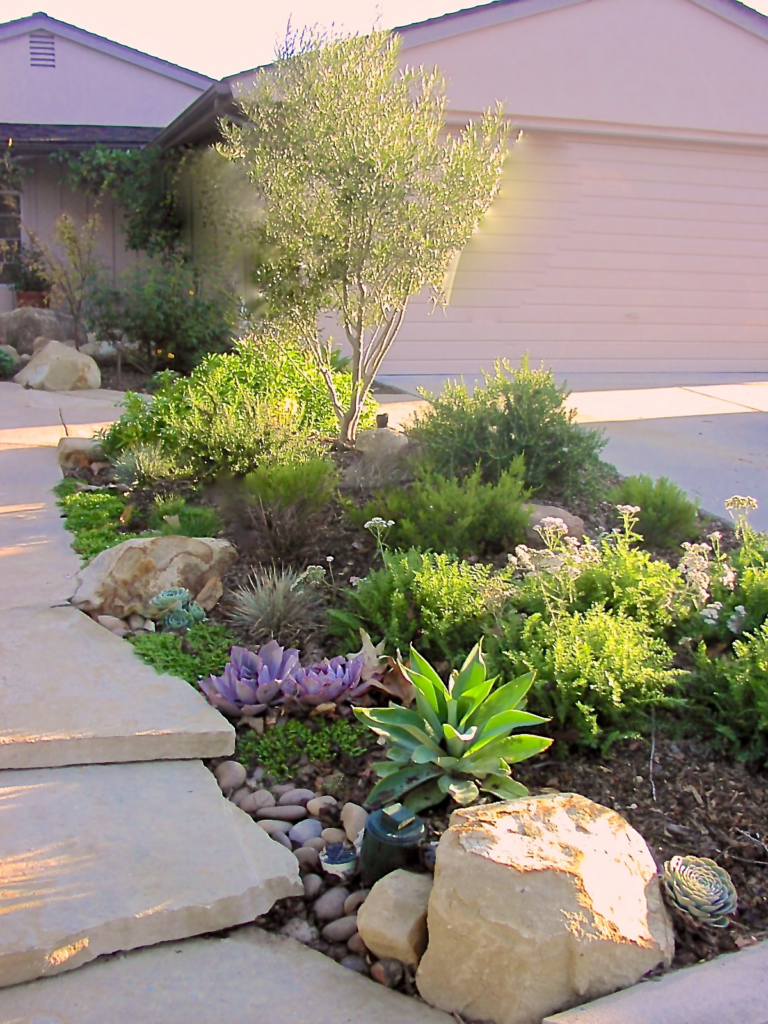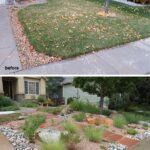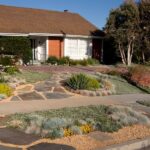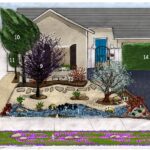Xeriscaping is a landscaping technique that focuses on conserving water by using drought-tolerant plants and reducing the need for irrigation. This method is becoming increasingly popular in arid regions where water conservation is a priority. One area where xeriscaping can make a significant impact is in the front yard of a home.
When designing a xeriscape front yard, it is important to consider the climate and soil conditions of the area. Choosing native plants that are well-adapted to the local environment will ensure that they thrive with minimal water input. These plants are typically low-maintenance and require little to no supplemental watering once established.
In addition to selecting the right plants, the layout of the front yard should also be carefully planned to maximize water efficiency. Grouping plants with similar water needs together and creating mulched beds can help retain moisture in the soil and reduce evaporation. Incorporating hardscaping elements such as gravel pathways and rock gardens can also add visual interest while reducing the need for watering.
Another important aspect of xeriscaping is proper soil preparation. Amending the soil with organic matter can improve its ability to retain moisture and support plant growth. Mulching the soil surface with materials such as wood chips or gravel can further help regulate soil temperature and reduce water loss through evaporation.
In addition to conserving water, xeriscaping can also benefit the environment by reducing the need for chemical fertilizers and pesticides. Native plants are naturally resistant to pests and diseases, making them a more sustainable choice for landscaping. By creating a xeriscape front yard, homeowners can enjoy a beautiful and low-maintenance landscape while also contributing to water conservation efforts in their community.
Overall, xeriscaping offers a sustainable and environmentally-friendly alternative to traditional landscaping practices. With careful planning and design, a xeriscape front yard can not only reduce water usage but also create a beautiful and vibrant outdoor space. This approach to landscaping is a win-win for homeowners and the environment, making it a smart choice for those looking to create a sustainable and water-efficient front yard.
